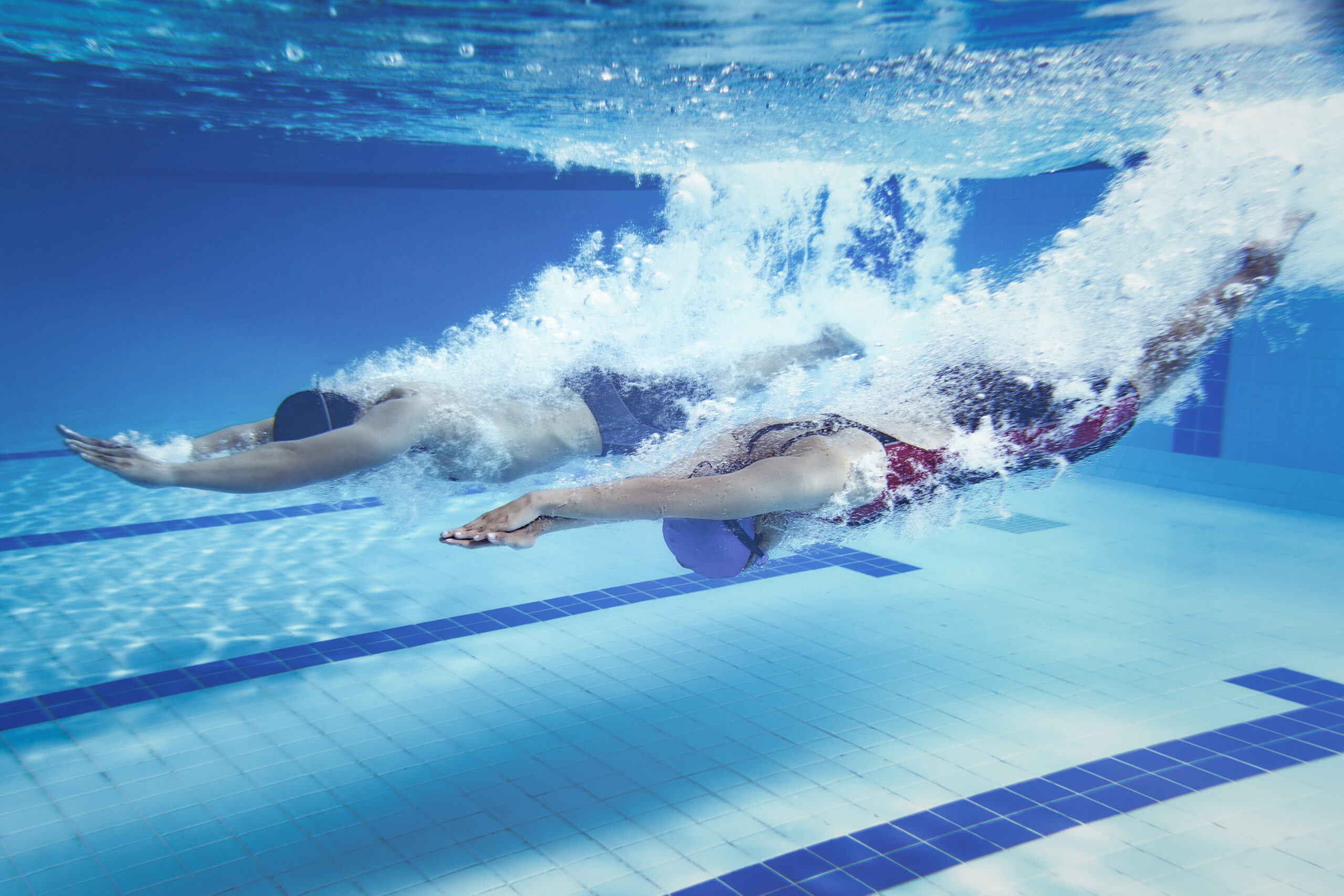Indoor pools provide a year-round oasis, but they also come with challenges, such as excess humidity. To maintain a comfortable and safe environment, investing in a dehumidifier is essential. However, selecting the right size is crucial for efficient performance. In this guide, we’ll explore the factors to consider and steps to take to ensure you choose the best size dehumidifier for your indoor pool.
What to Consider When Sizing Your Indoor Pool Dehumidifier
Calculate Pool Area
The size of the indoor pool directly influences the capacity needed for a dehumidifier. Measure the length and width of the pool room and multiply these dimensions to determine the square footage. This basic calculation serves as a starting point for choosing the appropriate dehumidifier capacity.
Consider Pool Activity
Different pool activities generate varying levels of humidity. For example, a lap pool used primarily for swimming may require a smaller dehumidifier than a pool used for water aerobics or a hot tub. Consider the frequency and intensity of pool usage to better estimate the dehumidification needs.
Account for Surrounding Spaces
Indoor pool areas are often accompanied by adjacent spaces, such as changing rooms, showers, and storage areas. These spaces contribute to the overall humidity load. Measure and calculate the square footage of these areas to ensure the dehumidifier can handle the combined moisture output.
Calculate Evaporation Rate
To measure how quickly water evaporates into your pool room’s air, measure the distance between the pool deck and the surface of the water. Then, let some days pass to allow water to evaporate as normal. Take the same measurement again in the same spot as before.
Divide the difference between the measurements by the number of days that have passed to get an approximation for inches/centimeters of water evaporated per day. Convert that to square feet or meters per day and multiply that value by the surface area of your pool. Then multiply that number by 7.48 to arrive at gallons of water evaporated each day. This measurement is essential to accurately sizing any indoor pool dehumidifier.

Factor in Pool Temperature
The temperature of the pool water affects the humidity level in the air. Warmer water temperatures result in higher humidity. Be sure to consider the desired pool temperature when selecting a dehumidifier, as it influences the unit’s capacity to effectively remove moisture.
Determine Desired Humidity Level
Understanding the ideal humidity level for an indoor pool is crucial. Most indoor pools aim for a humidity level between 50% and 60%. Choose a dehumidifier with the capacity to maintain this range to prevent issues such as condensation, mold growth, and discomfort for pool users. Other facilities may have to comply with building codes or other regulations, as well.
Consult Dehumidifier Sizing Charts
Dehumidifier manufacturers often provide sizing charts that correlate pool size, temperature, and humidity levels to the appropriate unit capacity. Consult these charts to narrow down your options and ensure a proper match between your indoor pool’s characteristics and the dehumidifier’s capabilities.
Seek Professional Advice
When in doubt, seek advice from professionals specializing in indoor pool dehumidification. They can assess your specific circumstances, recommend suitable units, and provide valuable insights into installation and maintenance requirements.
Choosing the right size dehumidifier for your indoor pool can be a tricky process. If you’re struggling to find the right solution for your indoor pool, contact us today to speak with a professional. We’ll help you create a comfortable and healthy environment while protecting the structure from potential damage caused by excess humidity.

